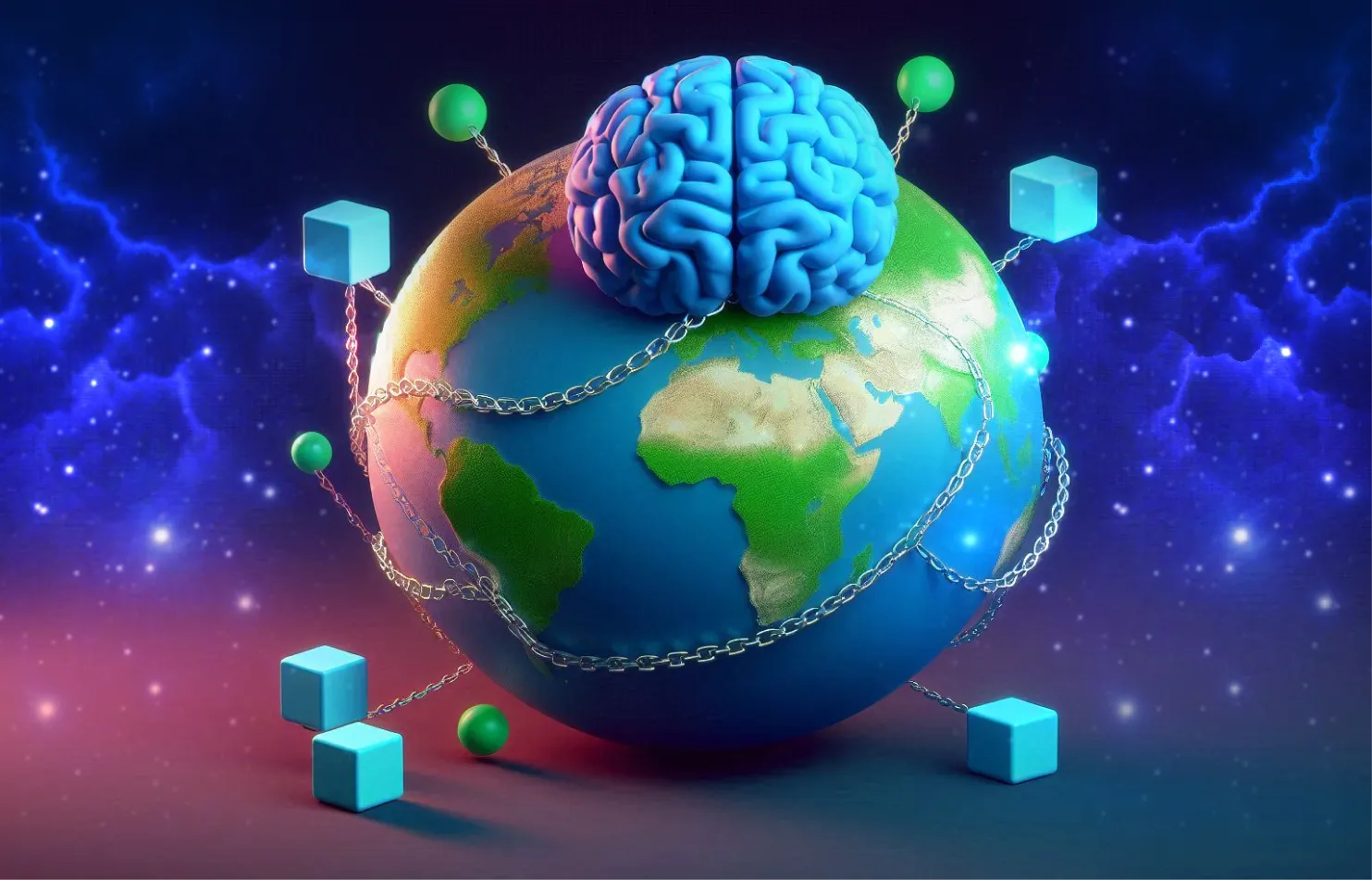
While the theoretical potential of AI and blockchain integration is compelling, its true value emerges through practical applications. Across industries, these technologies are being deployed to enhance security, efficiency, transparency, and decision-making. This article explores how forward-thinking companies are leveraging the unique strengths of AI and blockchain to solve real-world problems and create competitive advantages.
1.1 Network Performance Optimization
Blockchain networks often face challenges with speed and energy efficiency. Artificial intelligence is addressing these issues by:
Case Study: Numerai
Numerai is a hedge fund that crowdsources predictive financial models from data scientists. Participants submit encrypted models, and blockchain verifies their submissions. AI enhances the predictive accuracy of these models, while blockchain ensures transparency and fair compensation.
1.2 Security and Anomaly Detection
Machine learning algorithms are increasingly used to monitor and secure blockchain networks. These AI tools can:
Example: AnChain.AI
AnChain.AI uses AI-powered analytics to monitor blockchain transactions and smart contracts. It enables early detection of suspicious behavior, adding a layer of real-time security essential for decentralized applications (dApps).

2.1 Data Integrity for Model Training
AI's effectiveness hinges on the quality and traceability of data. Blockchain provides a solution by:
Example: Ocean Protocol
Ocean Protocol offers a decentralized data marketplace where data providers retain control. Blockchain ensures data has not been altered, and smart contracts enforce terms of access. This enables ethical AI training at scale.
2.2 Decentralized Data Marketplaces
AI systems often need access to real-time data, which centralized systems restrict. Blockchain opens up new models for data sharing:
Example: Streamr
Streamr allows users to stream and monetize data in real time, including from IoT sensors or mobile apps. AI models can consume this data instantly, enabling predictive analytics for use in smart cities, weather forecasting, or autonomous transportation systems.
3.1 Healthcare
Example: Medicalchain
Patients store medical records on a blockchain and grant access to AI systems for diagnosis or treatment recommendations. This system ensures patient control, privacy, and regulatory compliance.
3.2 Supply Chain and Logistics
Example: IBM Food Trust
By combining blockchain and AI, IBM improves visibility and efficiency in food supply chains. Blockchain verifies product origin and storage conditions, while AI minimizes spoilage by adjusting logistics in real time.
3.3 Finance and DeFi (Decentralized Finance)
Example: Aave
In the DeFi space, Aave uses blockchain to facilitate decentralized lending. AI-driven analytics can evaluate borrower behavior and flag risks, while smart contracts automate interest rates based on supply-demand dynamics.
4.1 Operational Efficiency Combining AI and blockchain reduces redundancies, minimizes manual intervention, and improves decision-making across operations. Organizations that adopt these technologies are better equipped to adapt to changing market conditions.
4.2 User Trust and Transparency In a world increasingly focused on data privacy and ethical practices, blockchain’s immutability provides transparency, while AI’s intelligent analysis fosters personalized and secure digital experiences.
Conclusion: From Vision to Execution
AI and blockchain are not just academic theories; they are being deployed to revolutionize healthcare, finance, logistics, and beyond. As these technologies continue to mature, organizations that embrace their convergence will enjoy a significant competitive advantage.
This article builds on the foundational principles discussed in Article 1: Foundations of Synergy, moving from theoretical underpinnings to real-world proof of value. The practical examples presented here show how industries are already benefitting from this integration in tangible ways.
Yet, real-world implementation is not without its obstacles. Technical limitations, scalability challenges, and infrastructure concerns often stand in the way of widespread adoption. To fully realize the potential of AI and blockchain synergy, we must overcome these technical barriers.
In our next article, Article 3: Breaking Barriers – Technical Challenges and Solutions in AI-Blockchain Integration, we will explore the most pressing obstacles and highlight the innovations making seamless integration not only possible but scalable and sustainable.
Continue reading the series to understand how these challenges are being addressed and what that means for the future of decentralized intelligent systems.
